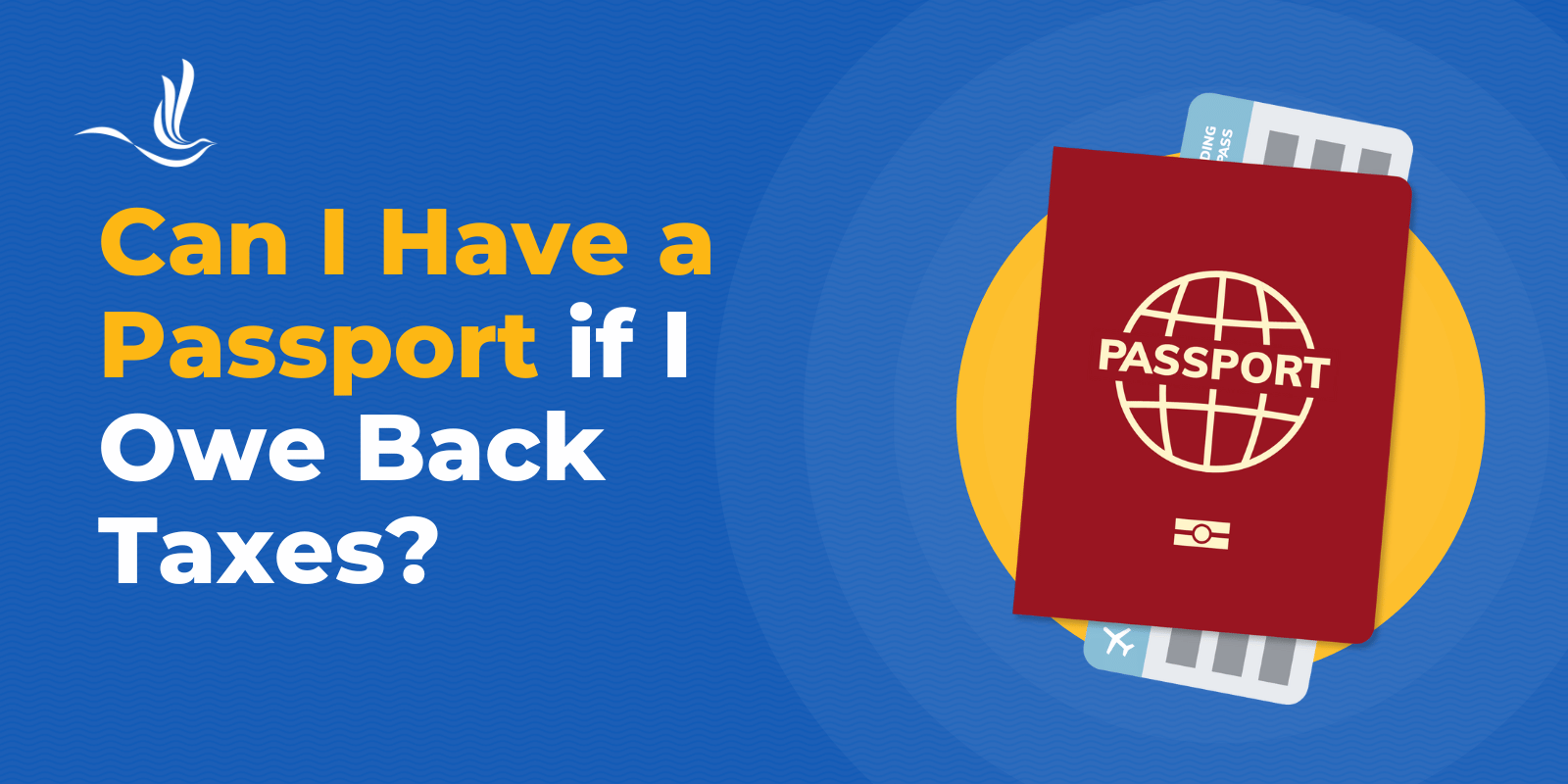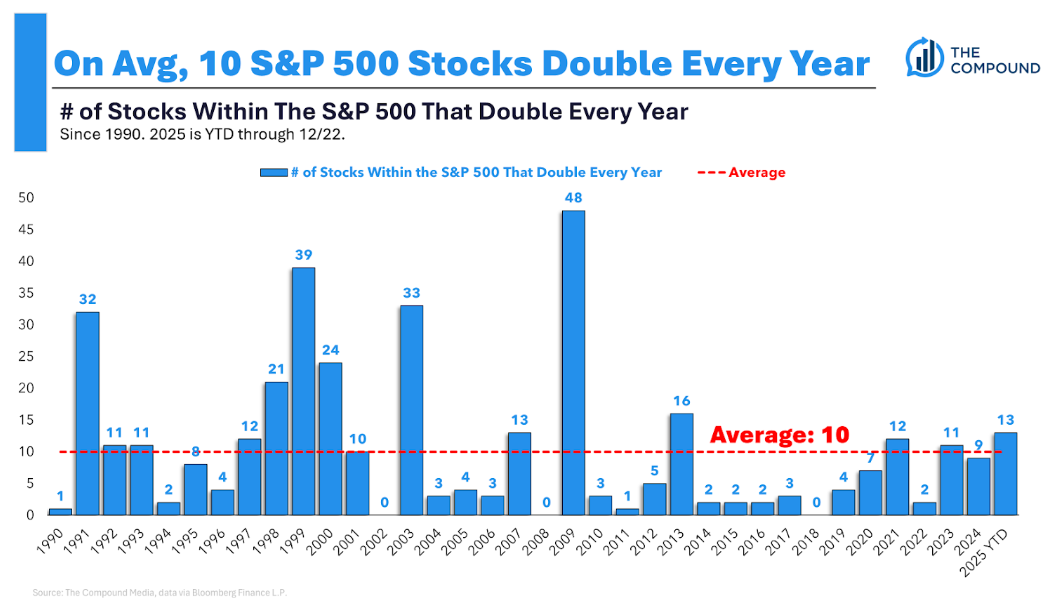As the federal government nears its deadline for sunsetting paper checks, the U.S. Treasury has begun sending disaster relief payments through FedNow.
The Treasury Department was among the first organizations to go live with FedNow when the service launched two years ago. Now, with the Trump administration’s goal of eliminating paper checks by the end of this month, alternative ways of moving money are essential. Given the urgency of delivering relief as quickly as possible, FEMA checks are a natural fit for the service.
In a prepared statement, Mark Gould, Chief Payments Executive at Federal Reserve Financial Services said: “The ability to receive these types of federal agency disbursements instantly via the FedNow Service will be a game-changer for individuals and businesses, especially in disaster or emergency situations where speed really matters to the recipient.”
The first financial institution to receive an instant disaster relief payment was CB&S Bank in Russellville, AL.
A spokesperson for the Fed told PaymentsJournal they could not disclose the timing or amount of the payment, or specify which disaster the funds were intended to address.
Sparking Growth in FedNow
Participation in FedNow will increasingly serve as a key differentiator for financial institutions. Banks that participate will enjoy greater access to emergency funds than those that do not.
To support this transition, the federal government has asked vendors to update their SAM.gov registration with valid bank account information, ensuring that payments are not disrupted as paper checks are phased out. What’s more, individual taxpayers can sign up for Direct Express, a Treasury-sponsored debit card that allows monthly benefit payments to be received electronically.
Getting Up to Speed
The FedNow initiative may help ease some concerns over an administration that has faced criticism for slow disaster relief. Earlier this month, the Associated Press reported that the federal government has been taking more than a month to declare federal disaster areas.
By contrast, in the 1990s and early 2000s, it took less than two weeks for a governor’s request for a presidential disaster declaration to be granted.
Local communities have begun taking such matters into their own hands. Earlier this week, the Mississippi River Cities and Towns Initiative, a cooperative of more than 100 river communities from Minnesota to Louisiana, announced a program to deliver assistance to its members within 72 hours of a disaster event.
Disclaimer: This story is auto-aggregated by a computer program and has not been created or edited by finopulse.
Publisher: Source link







